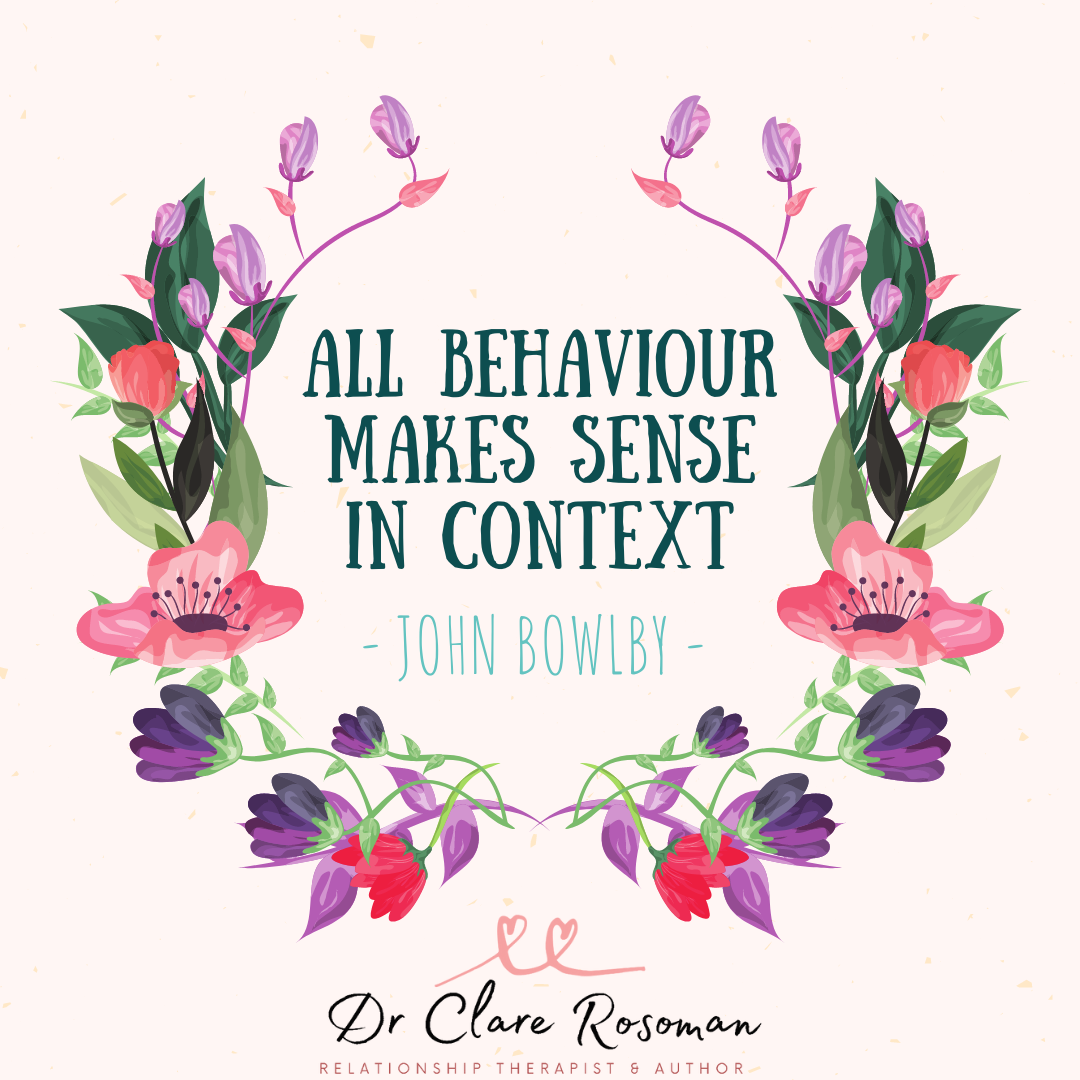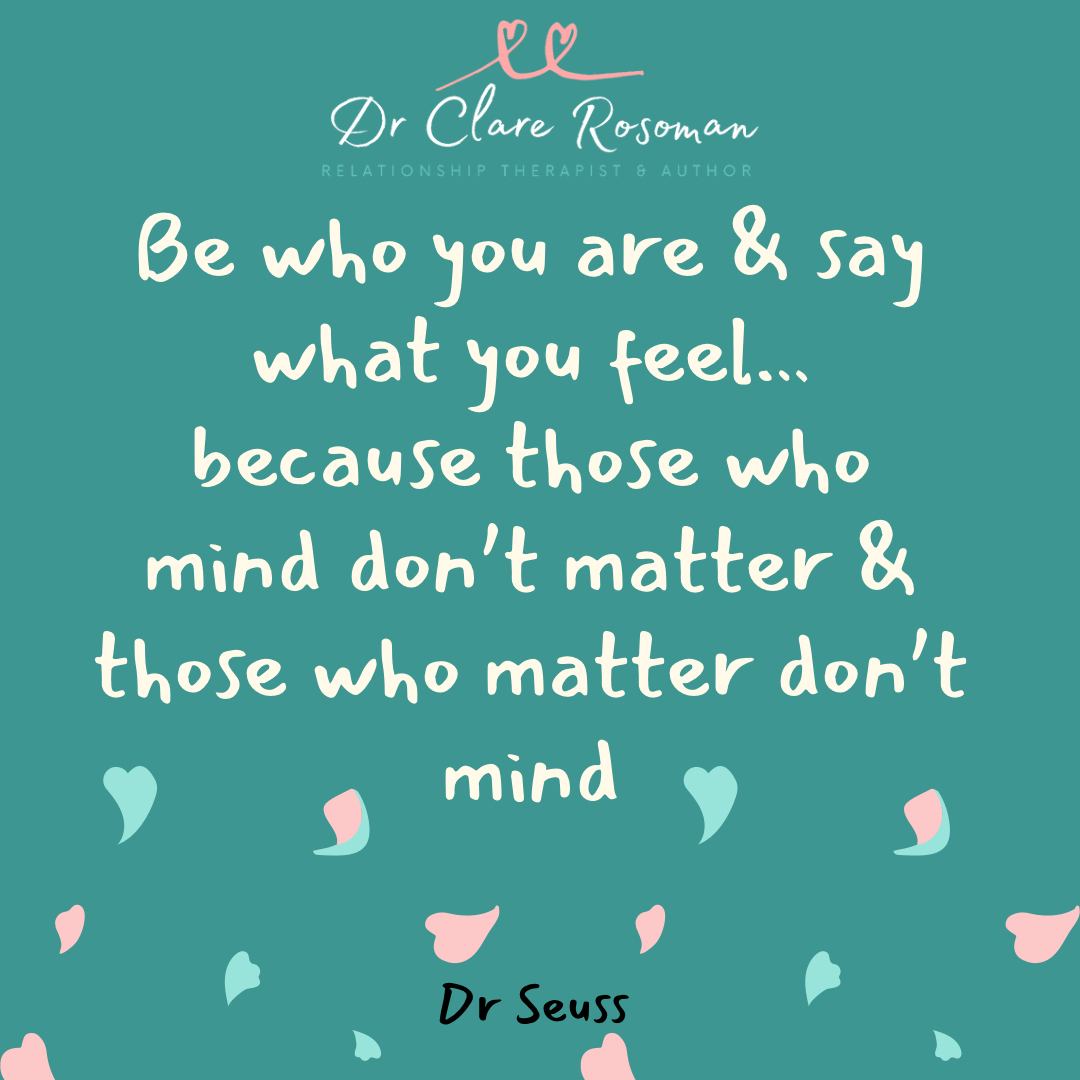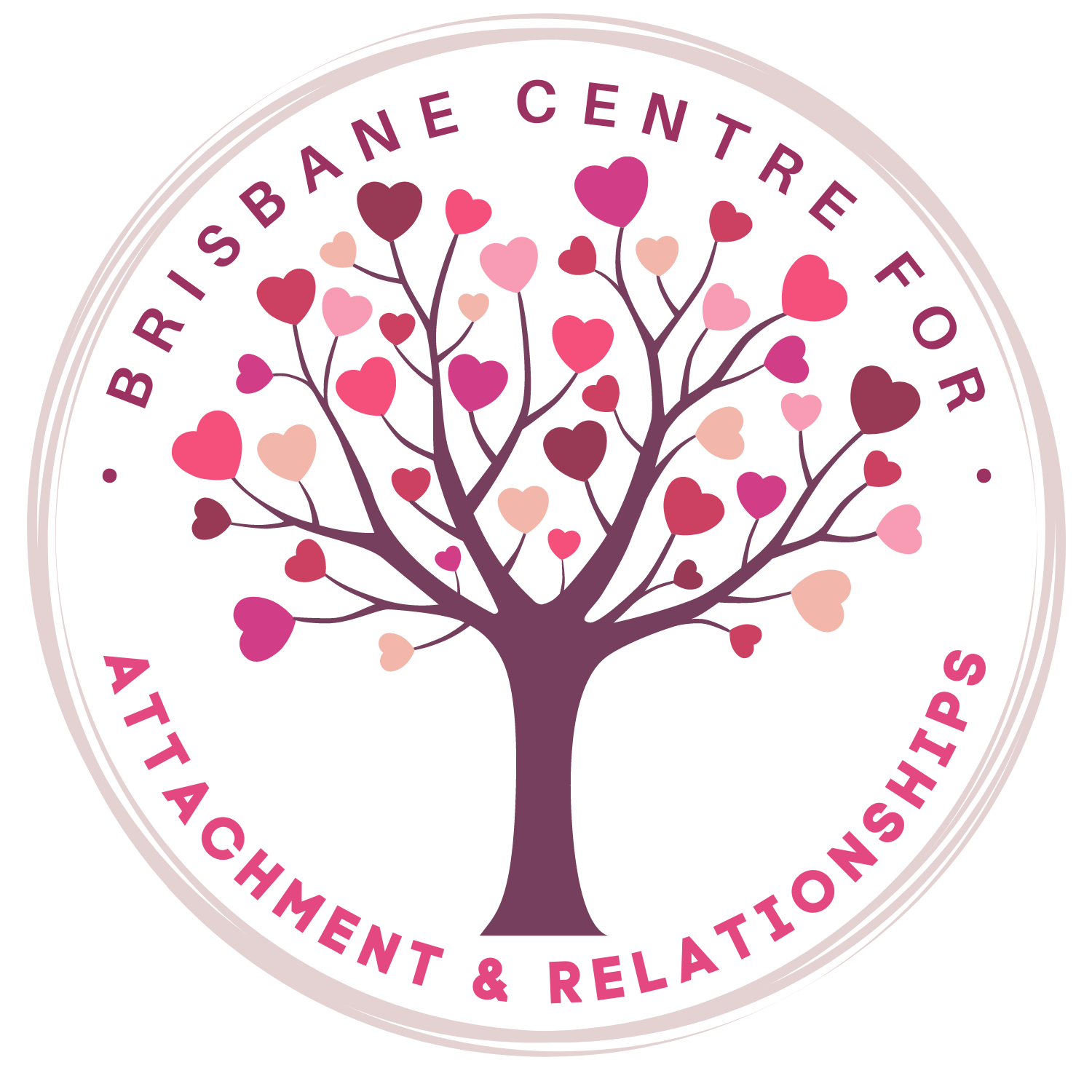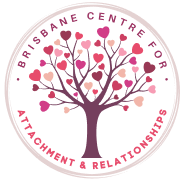From Sarah Lee:
Neurodiversity (ND) is the idea that there are different brain types in the world, just like there are different species of whales, flowers and even clouds. It is the idea that nature is inherently diverse, and that this diversity is necessary for balance in the world. Imagine a world where there is only one type of person, one type of flower, and one shape of cloud. How mundane and uninteresting. If there was anything I learned from working with autistic children and adults across cultural contexts (I’m from Singapore), you never really become the expert.
The old cliché rings true here, “If you’ve met one person on the spectrum, you’ve met one person on the spectrum”.
While there are general guidelines for therapists to consider when working with neurodivergent people – I have found that even within neurotypes, people can experience the world very differently. Something that works for autistic person, may not work for another.
Prior to becoming a psychologist, I worked as a teacher aide, job coach and inclusion support assistant to my autistic students and clients. I did not know this then, but person-centred care was really what worked. I found, through making many mistakes that we cannot simply apply the same strategies for another autistic client, just because they are autistic too. Just as you would not apply the same strategies that worked for your Caucasian client to another Caucasian client, simply because they are Caucasian (I deliberately used culture as an example, as neurodiversity as with the ethnicity that one is born with, is unchangeable and uncontrollable).
Neurodiversity
Autism
Just decades ago, Autism was considered a ‘disorder’, something one can (seemingly) be treated for, or made “less autistic”. We now know that you cannot treat autism, just like you can’t provide someone therapy to change their ethnicity. In fact, many autistic adults report that autism is inseparable from who they are, that the way they perceive the world is through autism. Research conducted in the UK found that autistic people prefer identity-first Language (“Autistic”), as opposed to people first language (“Person with autism”)(Kenny et al., 2015). Even though for decades before, professionals have preferred person-first language (How wrong can we get!). Although, we like to still check the language preferences of our clients and respect their preferences.
ADHD
Attention Deficit Hyperactivity Disorder (ADHD) is a common neurodevelopmental condition that affects both children and adults. It involves difficulties with attention, hyperactivity, and impulsivity that can impact daily life. People with ADHD may struggle to focus on tasks, feel restless or fidgety, act without thinking, or have trouble organising their thoughts and activities. While everyone experiences these behaviours occasionally, for those with ADHD, these symptoms are more frequent and severe, often interfering with work, school, relationships, and other aspects of life. However, with proper support, understanding, and management strategies, many individuals with ADHD lead successful and fulfilling lives, harnessing their unique strengths such as creativity, enthusiasm, and the ability to think outside the box.




Adjusting our Treatment Approaches to Honour Neurodiversity
Predictability
In general, we find that autistic and ND people benefit from understanding what is expected of them. In the therapy context, this can look like collaborating on an agenda at the start of the session. For some clients, verbally discussing this can be sufficient, for others a visual check list that can be referred to throughout the session may be more helpful. Our therapists can discuss the stages of therapy to provide a “therapy roadmap.” Your therapist will check in with you to find out what is most helpful at different stages of the therapy process.
Sensory Differences
Neurodiversity can mean differences in how someone perceives (through their senses) and how they process the world. Humans have a total of eight senses. Most of us are aware of the five typical ones (sight, sound, taste, smell, touch), but we also have three others. These include our proprioception (the noticing of our body in space – the ability that allows us to touch our toes with our eyes closed), interoception (noticing internal bodily signals) and vestibular (sense of balance). ND people can have sensory differences in that they may be hyper- or hypo- sensitive, across different senses. For example, the same person can be hypersensitive to sounds (ability to hear unusual pitches or volumes) and be hyposensitive to touch (e.g., enjoy deeper pressures and have a higher pain threshold). We are mindful of this when considering our client’s sensory needs during the therapy process.
Environmental accommodations
In therapy, creating safety is paramount to the therapeutic alliance and to creating positive change. Part of creating safety, for the ND client who can perceive environments differently, is to check in and provide many avenues for their sensory needs to be met. One of the things we like to ask our clients upon entering the room is “how does the temperature feel in the room today? Let me know if it’s too warm or too cold, and we can adjust it.” We provide sensory items (e.g., fidget toys, rocks, squishy toys, stress balls etc.) in the clinic, and make explicit the invitation to grab one whenever your “body needs it”, without needing to ask for permission. We also encourage clients to bring in something that helps them feel safe from home.
If we can't adjust the lighting in the therapy rooms, we can suggest accommodations such as wearing tinted glasses or visors in session. We normalise the need to move the body in session as much or as little as required for comfort and we make explicit that we don’t always have to sit and face each other. There might be times you need to move, and that’s OK.
Accommodations Therapists can Make
We can use metaphors and visual imagery to enter world of our clients’ emotions
In therapy, when we ask our clients to notice their bodily signals, we are aware that this may be difficult for some ND people due to differences in their interoceptive processing. Some autistic people may not be as sensitive to their internal signals and how this links with their emotions.
Once safety is established, we have found that inviting clients to share their experiences in whatever ways it occurs to them has been helpful. We normalise and invite the sharing of images, songs, metaphors for how something has impacted them. We stay curious, and open to our clients’ world.
Autistic people can sometimes struggle with the abstract concepts used in therapy. For example, notions of “love” and “connection” or words for feelings, emotions, and needs. It is important to never assume that everyone understands common terms the same way.
Numerical scales can be useful as an objective and concrete way of helping everyone in the therapy room “get on the same page”. We have found that using scales can be helpful in learning about how our clients (ND and non-ND) experience different feelings, and how it lines up with the words they use. For example, one client’s “good” week could be a 5/10 while another client’s “good” week could be an 8/10. It also provides more nuance to their experiences and provides an avenue for benchmarking between sessions.
In couples’ therapy, numerical scales can also help each partner understand their triggers for conflict. For example, each person in the relationship might have a different level of emotional intensity before they would become triggered. For one partner, a 2/10 level of anger from the other was sufficient to lead them into thoughts such as “I’ve done something wrong” and correspondingly trigger their withdrawing coping strategies (e.g., shut down, avoid partner). For the other partner, they would only sense that things were wrong when an 8/10 level of frustration/tension was coming from their partner. This led to an understanding of how their differences can often lead to over- or under-responding to each other’s needs.
As therapists, it is important to always CHECK and re-check our assumptions of what is “normal”, “typical” and “common”. We have found this mantra helpful when working with ALL clients, but especially so with ND clients.
As humans, we come in with lenses of our own-informed by our own values, upbringing attachment strategies. As therapists, we believe that being aware of what these are, and how they can impact the way we perceive our clients is extremely important. Not making mistakes is not the goal, it is to recognise when you have miss-attuned and to be willing to repair.
Of course, being open, curious, and willing to think and be outside the box is vital. When the therapist models openness to correction, acceptance of different ideas, and alternative ways of thinking – our ND clients will feel safer and more inclined to invite you into their world.
“Belonging leads to becoming”
James Furrow – EFT Trainer


